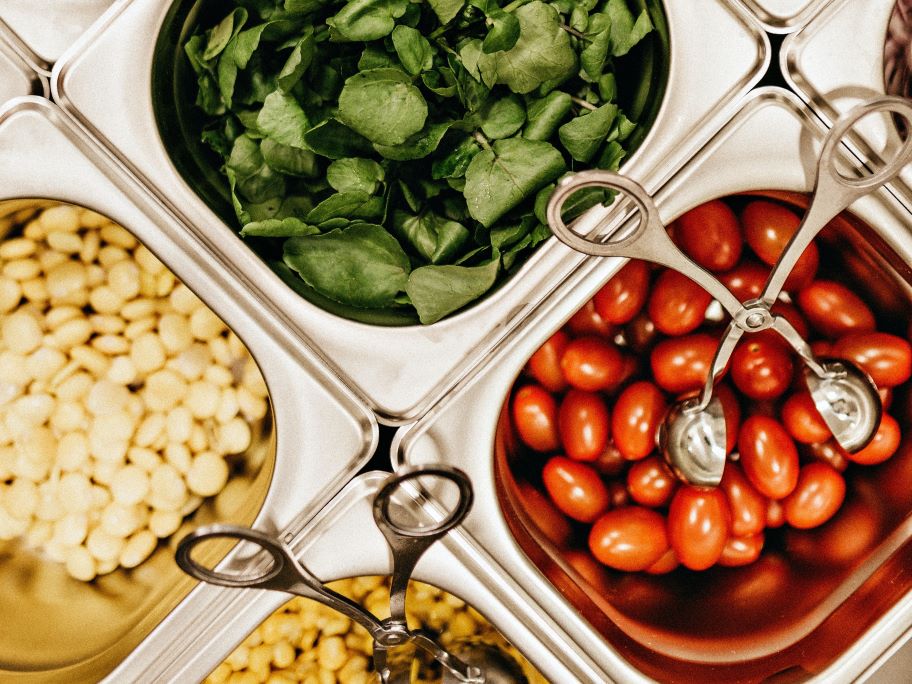Published:
December 14, 2023
Cut food waste (and costs) with tighter planning and procurement

When it comes to food waste, many people think of unwanted or leftover food being tossed in the trash. Tighter planning and procurement strategies can help!
PROCUREMENT
- If you are able, consider using more local foods. Local foods often taste better and contain more nutrients. Plus, supporting farmers near you supports the local economy and is better for the environment. Illinois Farm to School Network is an excellent resource to learn more about connecting with nearby farmers or even just promoting seasonal fruits and vegetables.
- School gardens are also a great way to encourage students to try new foods while potentially cutting ordering costs. Students feel pride growing their own food and often eat more fruits and vegetables when they’ve been involved in the growing and/or preparation process. Students learn where some foods come from and the value of healthy eating is reinforced.
INVENTORY CONTROL
One of the major sources of waste is inventory control, or lack thereof.
- Always use older stock first. If it came in first, it should be used first! Place newer stock in the back and be sure to label everything with the date during delivery.
- Production records are very useful to forecast how much of each item to prepare and/or order. They can also tell you which menu options are preferred over time, so you can identify items to eliminate or recipes to adjus
MENU PLANNING
- Use cycle menus to reduce the number of different items that need to be purchased. These can be changed up with the seasons to keep things fresh, but don’t be afraid to keep popular items on the menu year-round.
- Create a menu that allows multiple uses for key ingredients throughout the week. To mix it up, you can change the form of ingredients or cooking method – like sliced apples and whole apples, or scrambled eggs and hard-cooked eggs. You can also use ingredients in different dishes. Chicken is a great example – it’s served as a grilled filet, in a stir fry, in a wrap, and in soup. And to be more efficient with labor time, an ingredient like chicken could be prepped and cooked all at once for the week.


